Home>Home Appliances>Kitchen Appliances>How To Remove Melted Plastic From Glass Stovetop
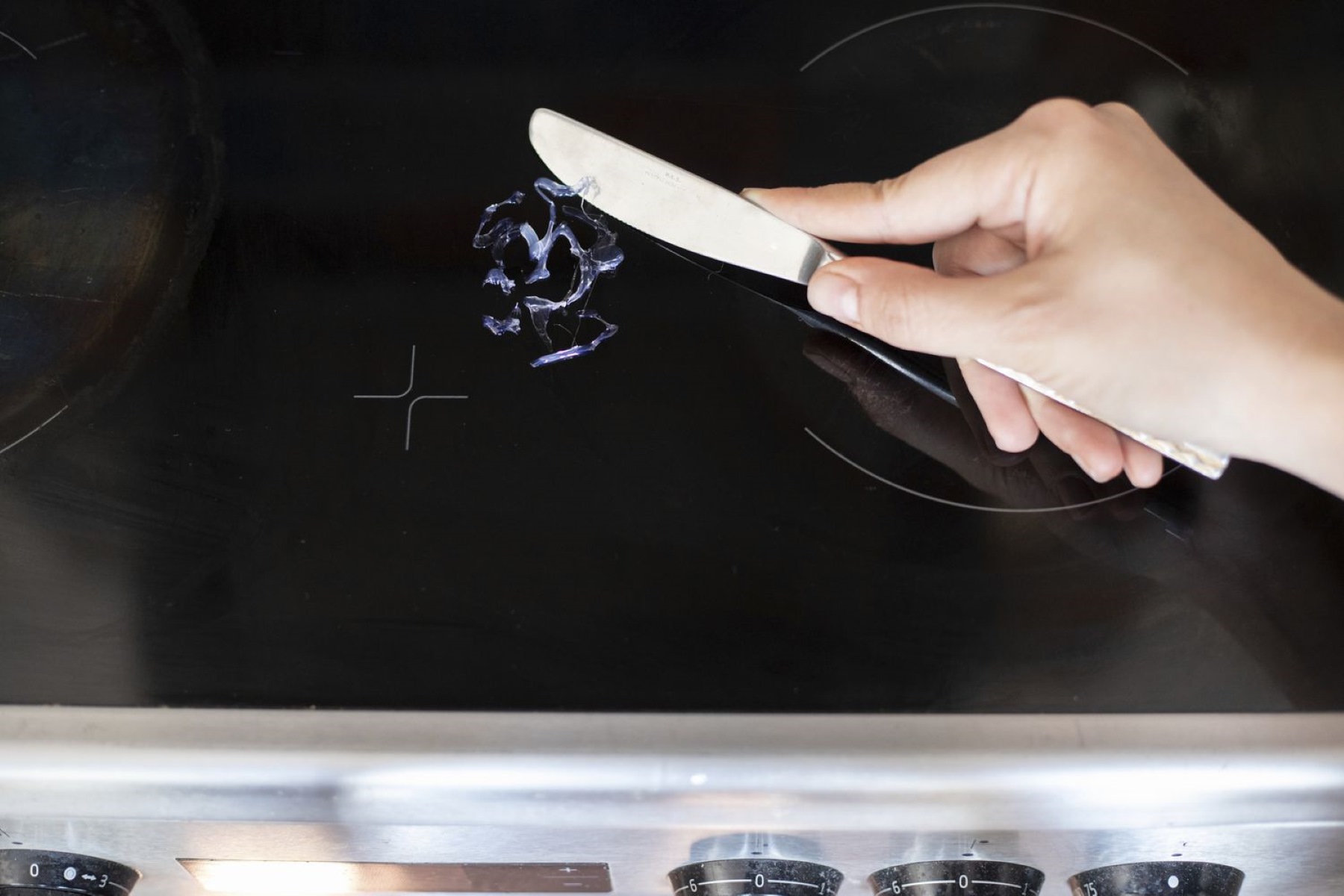

Kitchen Appliances
How To Remove Melted Plastic From Glass Stovetop
Modified: March 19, 2024
Learn effective methods for removing melted plastic from your glass stovetop with our expert tips. Keep your kitchen appliances looking clean and pristine.
(Many of the links in this article redirect to a specific reviewed product. Your purchase of these products through affiliate links helps to generate commission for Storables.com, at no extra cost. Learn more)
Introduction
Dealing with melted plastic on a glass stovetop can be a frustrating and daunting task. Whether it's the result of a forgotten spatula or a mishap with a plastic container, the sight of melted plastic on your sleek stovetop can be disheartening. However, fear not, as with the right approach and a few simple materials, you can effectively restore your stovetop to its pristine condition.
Melted plastic not only mars the appearance of your stovetop but also poses a potential hazard if not addressed promptly. The good news is that with a methodical approach and a bit of patience, you can successfully remove the melted plastic without causing any damage to the glass surface.
In the following sections, we will walk you through a step-by-step process to tackle this common kitchen mishap. From allowing the stovetop to cool to carefully scraping off the plastic and finally polishing the surface, each step is crucial in restoring your glass stovetop to its former glory.
By following these instructions and using the recommended materials, you can effectively address the issue of melted plastic on your glass stovetop and prevent any lasting damage. With a little effort and the right approach, you'll soon have your stovetop looking as good as new. So, let's roll up our sleeves and get started on restoring your glass stovetop to its pristine condition!
Key Takeaways:
- Safely remove melted plastic from your glass stovetop by allowing it to cool, carefully scraping off the plastic with a plastic scraper, and cleaning with white vinegar and a specialized glass stovetop cleaner.
- Restore your glass stovetop to its pristine condition by patiently following the step-by-step process, using the recommended materials, and polishing the surface to achieve a lustrous and streak-free finish.
Materials Needed
To effectively remove melted plastic from a glass stovetop, you will need a few essential materials to ensure a safe and successful cleaning process. These items are readily available and will help you tackle the task with confidence and precision.
1. Heat-Resistant Gloves
When dealing with a glass stovetop, it's crucial to prioritize safety. Heat-resistant gloves will protect your hands from the heat of the stovetop and any residual warmth from the melted plastic. These gloves provide a barrier between your skin and the hot surface, ensuring that you can work comfortably and safely.
2. Plastic Scraper
A plastic scraper is an indispensable tool for removing melted plastic from a glass stovetop. It allows you to gently and effectively lift the plastic without scratching or damaging the glass surface. Opt for a high-quality plastic scraper with a sturdy handle and a flat, smooth edge to ensure precise and controlled removal of the melted plastic.
3. White Vinegar
White vinegar is a versatile and eco-friendly cleaning agent that is highly effective in breaking down stubborn residues. When combined with water, it creates a gentle yet potent cleaning solution that is safe for use on glass surfaces. The acidic nature of vinegar helps dissolve the plastic residue, making it easier to clean and restore the stovetop to its original condition.
4. Microfiber Cloth
A soft microfiber cloth is ideal for wiping and polishing the glass stovetop after the plastic residue has been removed. This lint-free cloth is gentle on the surface and helps to achieve a streak-free, polished finish. It is important to use a non-abrasive cloth to avoid scratching or damaging the glass surface during the cleaning process.
5. Glass Stovetop Cleaner
A specialized glass stovetop cleaner is designed to effectively remove tough stains, residues, and spills without causing damage. Look for a cleaner specifically formulated for glass stovetops, as it will be gentle on the surface while providing powerful cleaning action. This cleaner will help to lift any remaining traces of plastic and leave the stovetop looking clean and glossy.
By gathering these essential materials, you will be well-prepared to tackle the task of removing melted plastic from your glass stovetop with confidence and precision. With the right tools at your disposal, you can proceed to the next steps of the cleaning process, ensuring a successful outcome and a restored stovetop surface.
Step 1: Let the Stovetop Cool
Before embarking on the task of removing melted plastic from your glass stovetop, it is crucial to allow the surface to cool completely. This step is essential for several reasons. Firstly, a hot stovetop can pose a burn risk, and attempting to remove melted plastic from a hot surface can result in accidental burns or injuries. Therefore, prioritizing safety by ensuring that the stovetop has cooled down is paramount.
Additionally, allowing the stovetop to cool provides a more favorable environment for effectively addressing the melted plastic. When the surface is hot, the plastic residue may be soft and malleable, making it challenging to remove without causing damage. By allowing the stovetop to cool, the melted plastic is likely to solidify, which can facilitate the removal process.
To ensure that the stovetop has cooled sufficiently, it is advisable to wait at least 30 to 60 minutes after the last use. During this time, the residual heat from the stovetop will dissipate, and the surface will gradually return to room temperature. It is important to exercise patience during this waiting period, as attempting to expedite the cooling process can compromise safety and the effectiveness of the subsequent cleaning steps.
Once the stovetop has cooled down, you can proceed with confidence, knowing that you have prioritized safety and set the stage for a successful cleaning process. With the surface at a safe temperature, you are ready to move on to the next step of gently scraping off the melted plastic, using the appropriate tools and techniques to restore your glass stovetop to its pristine condition.
By allowing the stovetop to cool thoroughly before proceeding, you have taken a crucial first step in ensuring a safe and effective approach to removing melted plastic from your glass stovetop. This deliberate and cautious approach sets the foundation for a successful cleaning process, allowing you to address the issue with precision and confidence.
Step 2: Scrape off the Plastic
With the glass stovetop now thoroughly cooled, it's time to proceed to the crucial step of scraping off the melted plastic. This step requires precision and care to ensure that the plastic residue is removed without causing any damage to the glass surface.
Begin by putting on the heat-resistant gloves to protect your hands during the cleaning process. These gloves will provide a barrier between your skin and the hot stovetop, ensuring your safety as you work to remove the melted plastic.
Next, take the plastic scraper and hold it at a shallow angle against the stovetop, ensuring that the flat edge makes direct contact with the melted plastic. Gently and methodically, begin to scrape the plastic residue from the surface, using controlled movements to lift the softened plastic without applying excessive pressure.
It's important to maintain a steady and deliberate approach, avoiding hurried or forceful scraping that could potentially scratch or damage the glass stovetop. By exercising patience and precision, you can effectively lift the melted plastic from the surface without leaving behind any unsightly marks or blemishes.
As you continue to scrape off the plastic, periodically check the scraper for any accumulated plastic residue. Wipe the scraper clean with a soft cloth or paper towel to ensure that it remains free of debris, allowing you to maintain optimal contact with the stovetop surface.
If the plastic scraper becomes ineffective due to the accumulation of plastic residue, consider using a fresh edge or switching to a new scraper to maintain the efficiency of the cleaning process. This will ensure that you can continue to remove the melted plastic with precision and thoroughness.
Continue to scrape off the plastic until the majority of the residue has been lifted from the stovetop surface. Take your time and pay close attention to any areas where the plastic may be particularly stubborn, applying gentle pressure and controlled movements to effectively address these spots.
Once the majority of the melted plastic has been successfully removed, you can proceed to the next step of cleaning the stovetop to eliminate any remaining traces of plastic residue. With the meticulous scraping process complete, you have taken a significant stride towards restoring your glass stovetop to its original pristine condition.
Step 3: Clean the Stovetop
With the melted plastic successfully scraped off the glass stovetop, the next crucial step is to thoroughly clean the surface to eliminate any remaining traces of plastic residue and restore its pristine appearance. This cleaning process involves the use of gentle yet effective cleaning agents and techniques to ensure that the stovetop is free from any lingering marks or blemishes.
To begin the cleaning process, prepare a solution of white vinegar and water in a spray bottle. A recommended ratio is equal parts of white vinegar and water, creating a mild yet potent cleaning solution that is safe for use on glass surfaces. The acidic nature of vinegar helps to break down any residual plastic residue, making it easier to lift and clean.
Spray the white vinegar solution generously onto the stovetop surface, ensuring that the entire area is adequately covered. Allow the solution to sit for a few minutes to effectively penetrate and loosen any remaining traces of plastic. This dwell time is essential for maximizing the cleaning power of the vinegar solution and facilitating the removal of stubborn residues.
After allowing the vinegar solution to dwell, take a soft microfiber cloth and gently wipe the stovetop surface, using circular motions to lift and remove any loosened plastic residue. The microfiber cloth is gentle on the glass surface and helps to ensure a thorough and streak-free cleaning process. Continue to wipe the stovetop until all traces of plastic residue have been effectively eliminated.
Once the stovetop has been wiped clean with the vinegar solution, inspect the surface for any remaining marks or streaks. If any stubborn residues persist, repeat the spraying and wiping process with the vinegar solution until the stovetop is completely free from any lingering plastic residue.
After the stovetop has been thoroughly cleaned with the vinegar solution, it's time to apply a specialized glass stovetop cleaner to further enhance its appearance. Apply a small amount of the cleaner onto the stovetop surface and use a clean microfiber cloth to gently buff and polish the glass, ensuring a streak-free and glossy finish.
By following these meticulous cleaning steps, you can effectively eliminate any remaining traces of plastic residue and restore your glass stovetop to its original pristine condition. The combination of the gentle yet potent vinegar solution and the specialized glass stovetop cleaner ensures that the stovetop surface is not only clean but also gleaming and free from any reminders of the previous mishap.
Step 4: Polish the Stovetop
With the melted plastic residue effectively removed and the stovetop thoroughly cleaned, the final step in restoring your glass stovetop to its pristine condition involves the crucial process of polishing the surface. This step is essential for achieving a lustrous and streak-free finish, enhancing the overall appearance of the stovetop and ensuring that it gleams with a renewed radiance.
To begin the polishing process, ensure that the stovetop is completely dry after the cleaning steps. Any residual moisture or dampness on the surface can hinder the effectiveness of the polishing and may result in streaks or watermarks. Therefore, take a clean and dry microfiber cloth and gently pat the stovetop to ensure that it is free from any moisture.
Next, apply a small amount of specialized glass stovetop cleaner onto the stovetop surface. This cleaner is specifically formulated to provide a streak-free and polished finish, enhancing the visual appeal of the glass surface. Using a separate clean microfiber cloth, gently buff the stovetop in circular motions, ensuring even coverage and meticulous attention to detail.
As you polish the stovetop, pay close attention to any areas that may require additional attention, such as stubborn marks or residual streaks. The gentle buffing action of the microfiber cloth, combined with the specialized cleaner, helps to achieve a flawless and gleaming finish, ensuring that the stovetop surface is free from any imperfections.
Continue to polish the stovetop until the entire surface exhibits a uniform luster and is free from any streaks or marks. The meticulous and methodical approach to polishing ensures that the glass stovetop regains its original radiance, appearing as good as new and devoid of any reminders of the previous mishap.
Once the polishing process is complete, step back and admire the revitalized appearance of your glass stovetop. The combined efforts of removing the melted plastic, thorough cleaning, and meticulous polishing have culminated in a stovetop that exudes a renewed brilliance and elegance.
By following these detailed steps and investing the necessary care and attention, you have successfully restored your glass stovetop to its original pristine condition. The polishing process serves as the final touch, elevating the visual appeal of the stovetop and ensuring that it remains a focal point of your kitchen, free from any traces of the previous mishap.
Use a razor blade to carefully scrape off the melted plastic from the glass stovetop. Be gentle to avoid scratching the surface. Once the majority is removed, use a glass cleaner and a soft cloth to clean the area.
Conclusion
In conclusion, successfully removing melted plastic from a glass stovetop is a task that demands patience, precision, and the right materials. By following the step-by-step process outlined in this guide, you can effectively address this common kitchen mishap and restore your stovetop to its pristine condition.
The journey begins with allowing the stovetop to cool thoroughly, prioritizing safety and setting the stage for a successful cleaning process. This deliberate approach ensures that the surface is safe to work on and facilitates the subsequent steps of scraping off the melted plastic and cleaning the stovetop.
The meticulous process of scraping off the plastic requires precision and care, as it is essential to lift the residue without causing any damage to the glass surface. By using a plastic scraper and heat-resistant gloves, you can methodically remove the melted plastic, ensuring that the stovetop remains unblemished.
Following the scraping process, the thorough cleaning of the stovetop is crucial to eliminate any remaining traces of plastic residue. The use of a white vinegar solution and a specialized glass stovetop cleaner ensures that the surface is not only clean but also gleaming and free from any reminders of the previous mishap.
The final step of polishing the stovetop elevates its appearance, providing a lustrous and streak-free finish that enhances the overall aesthetic of the glass surface. This meticulous process ensures that the stovetop regains its original radiance, appearing as good as new and devoid of any imperfections.
By investing the necessary care and attention, you have successfully restored your glass stovetop to its original pristine condition. The combined efforts of removing the melted plastic, thorough cleaning, and meticulous polishing have culminated in a stovetop that exudes a renewed brilliance and elegance.
In conclusion, by following the detailed steps outlined in this guide and using the recommended materials, you can effectively address the issue of melted plastic on your glass stovetop. With a methodical approach and a bit of patience, you can restore your stovetop to its former glory, ensuring that it remains a focal point of your kitchen, free from any traces of the previous mishap.
Frequently Asked Questions about How To Remove Melted Plastic From Glass Stovetop
Was this page helpful?
At Storables.com, we guarantee accurate and reliable information. Our content, validated by Expert Board Contributors, is crafted following stringent Editorial Policies. We're committed to providing you with well-researched, expert-backed insights for all your informational needs.
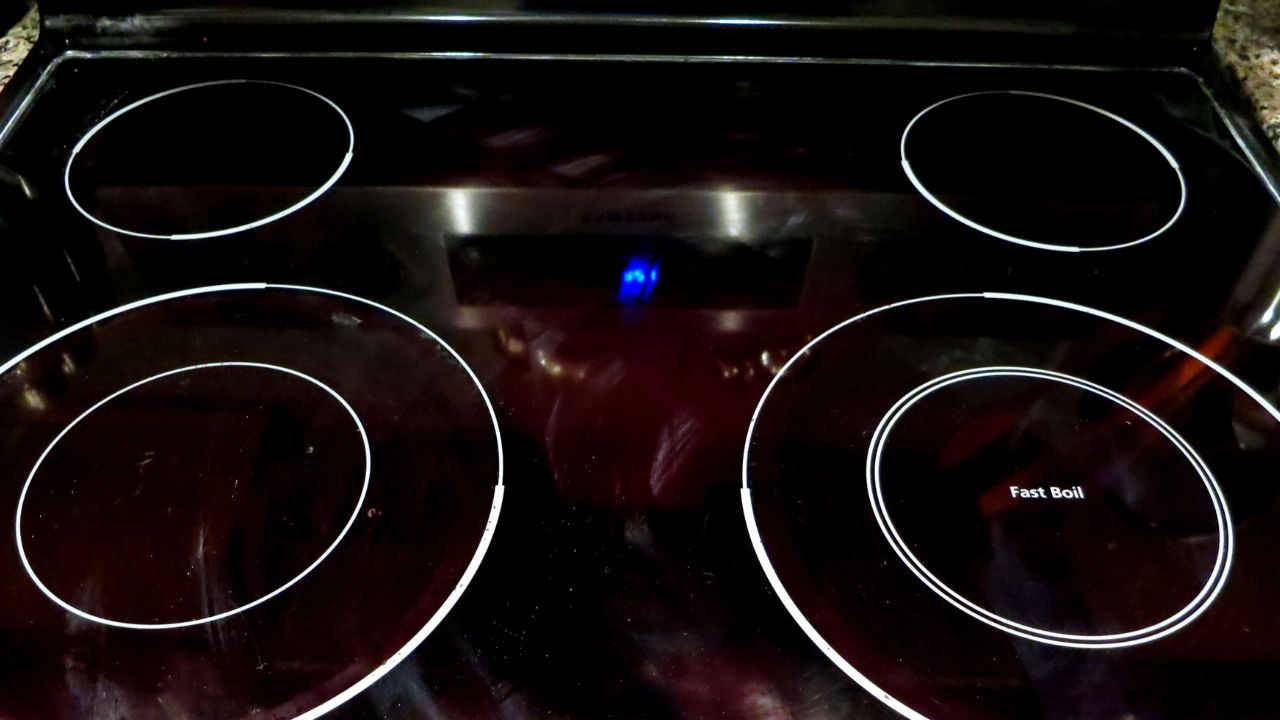
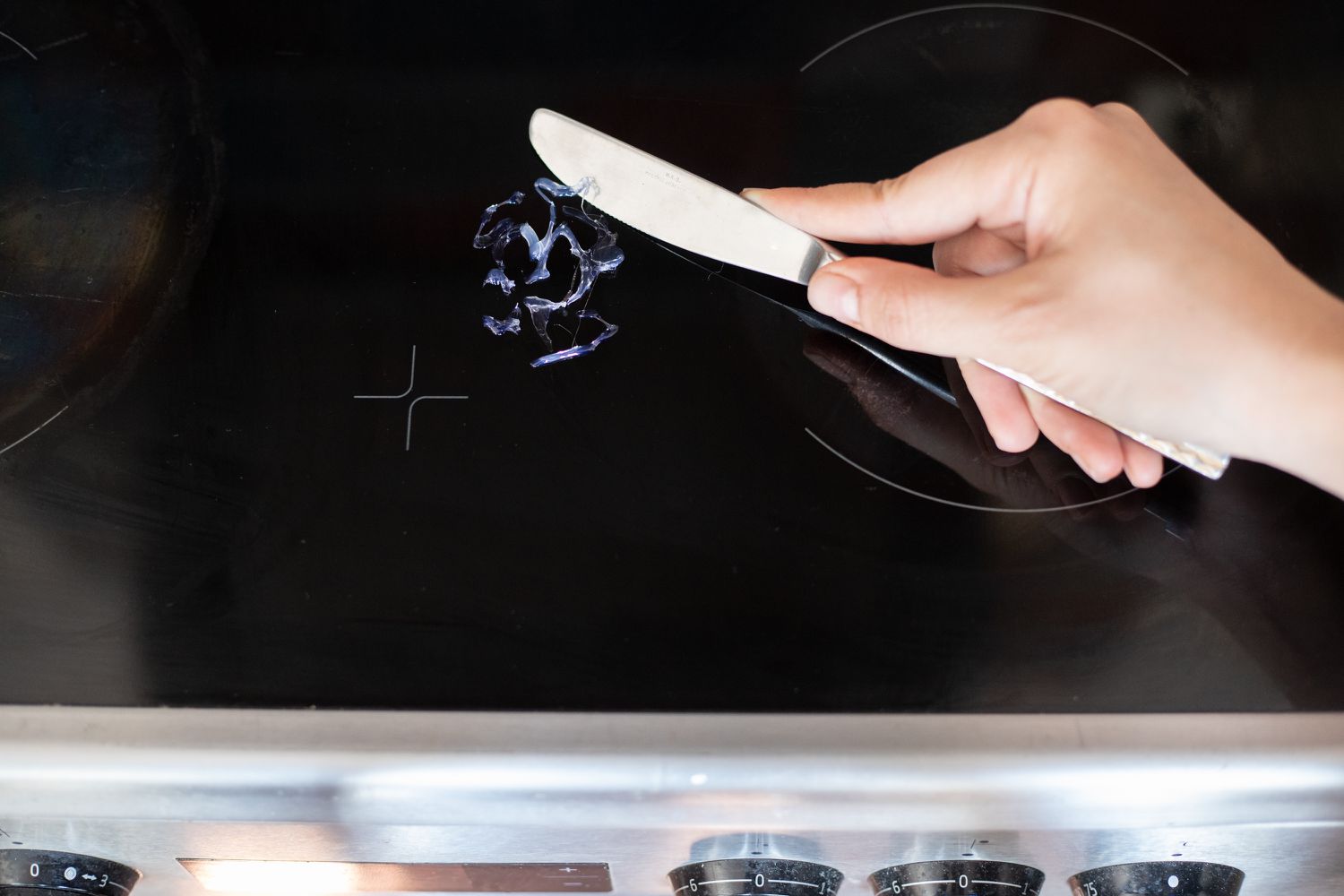
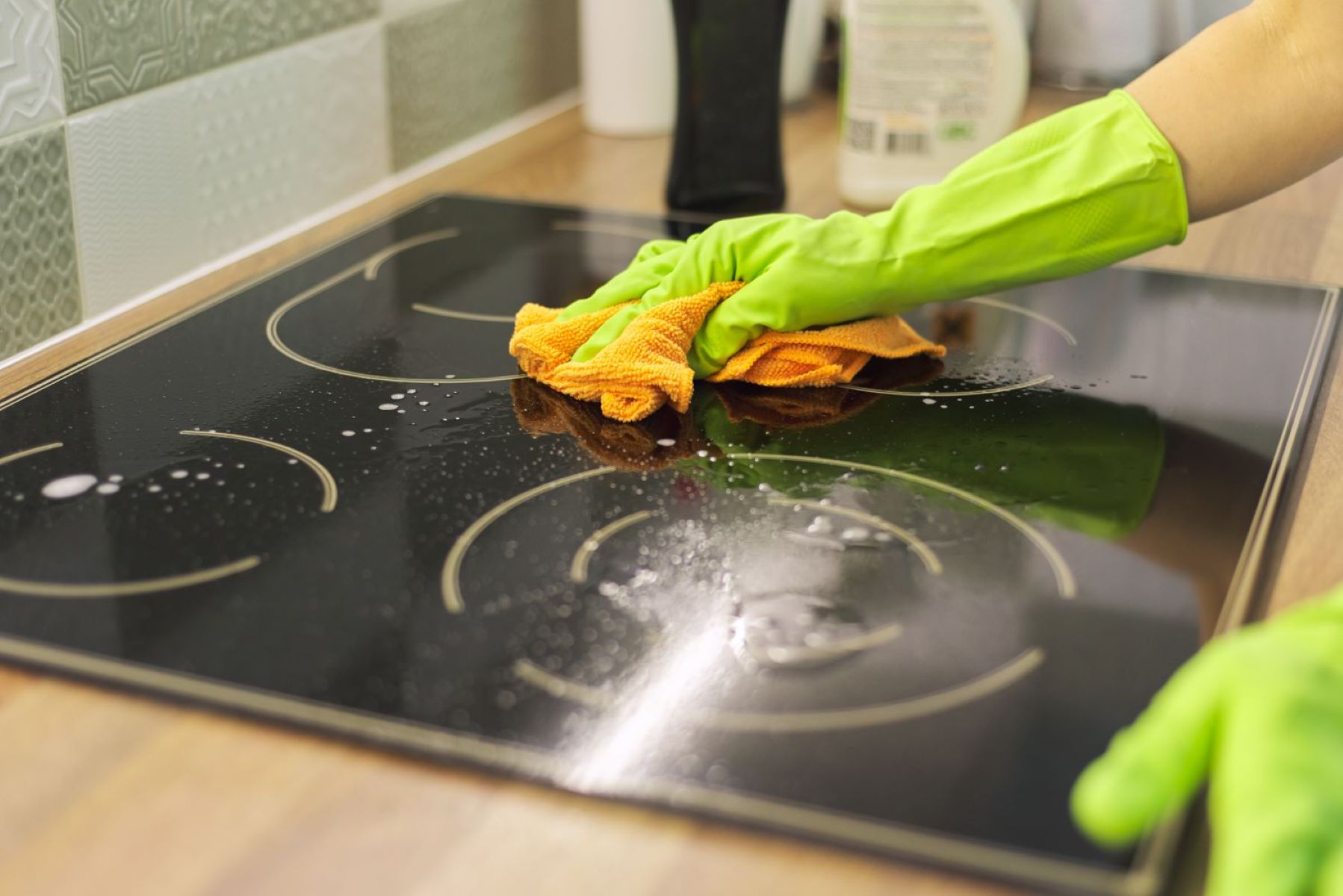
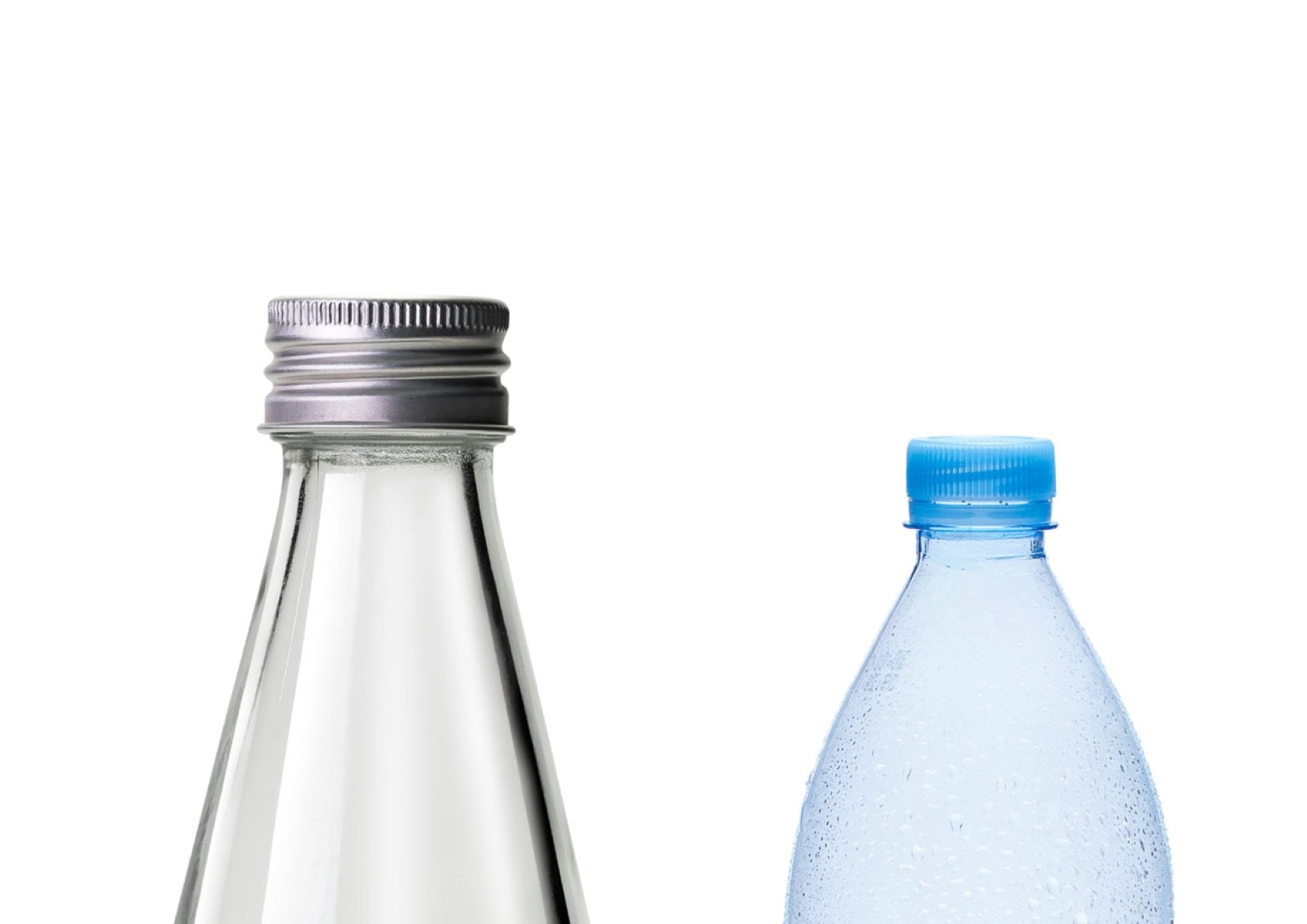
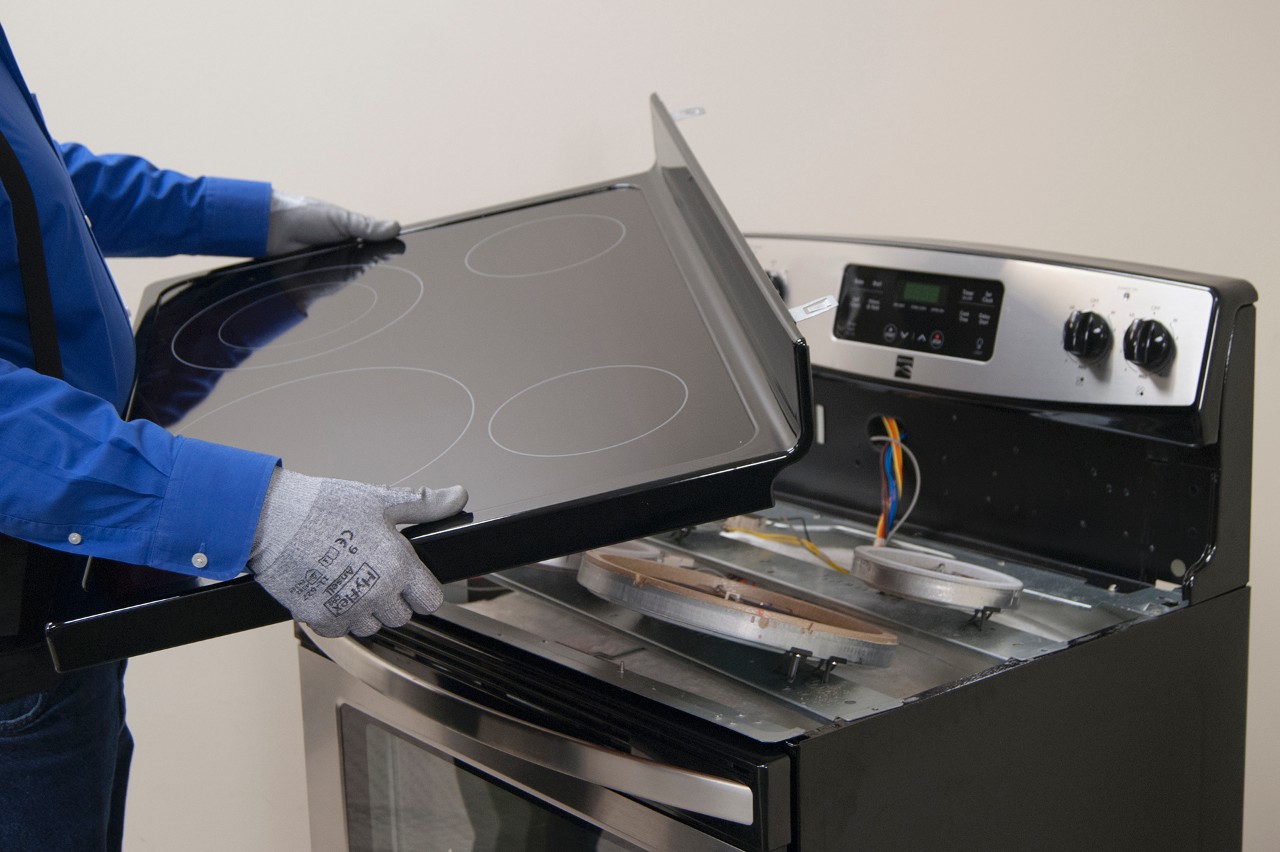
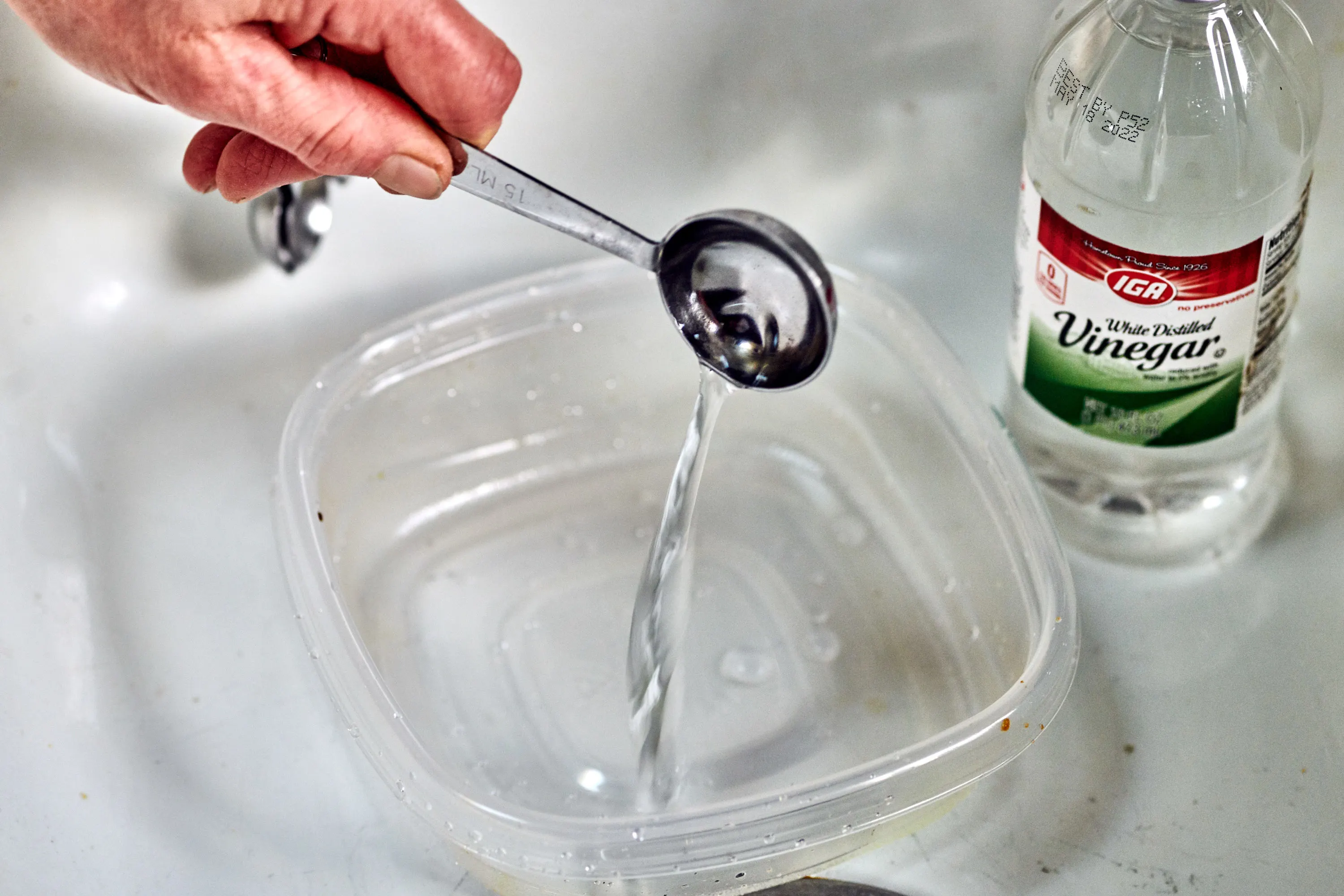
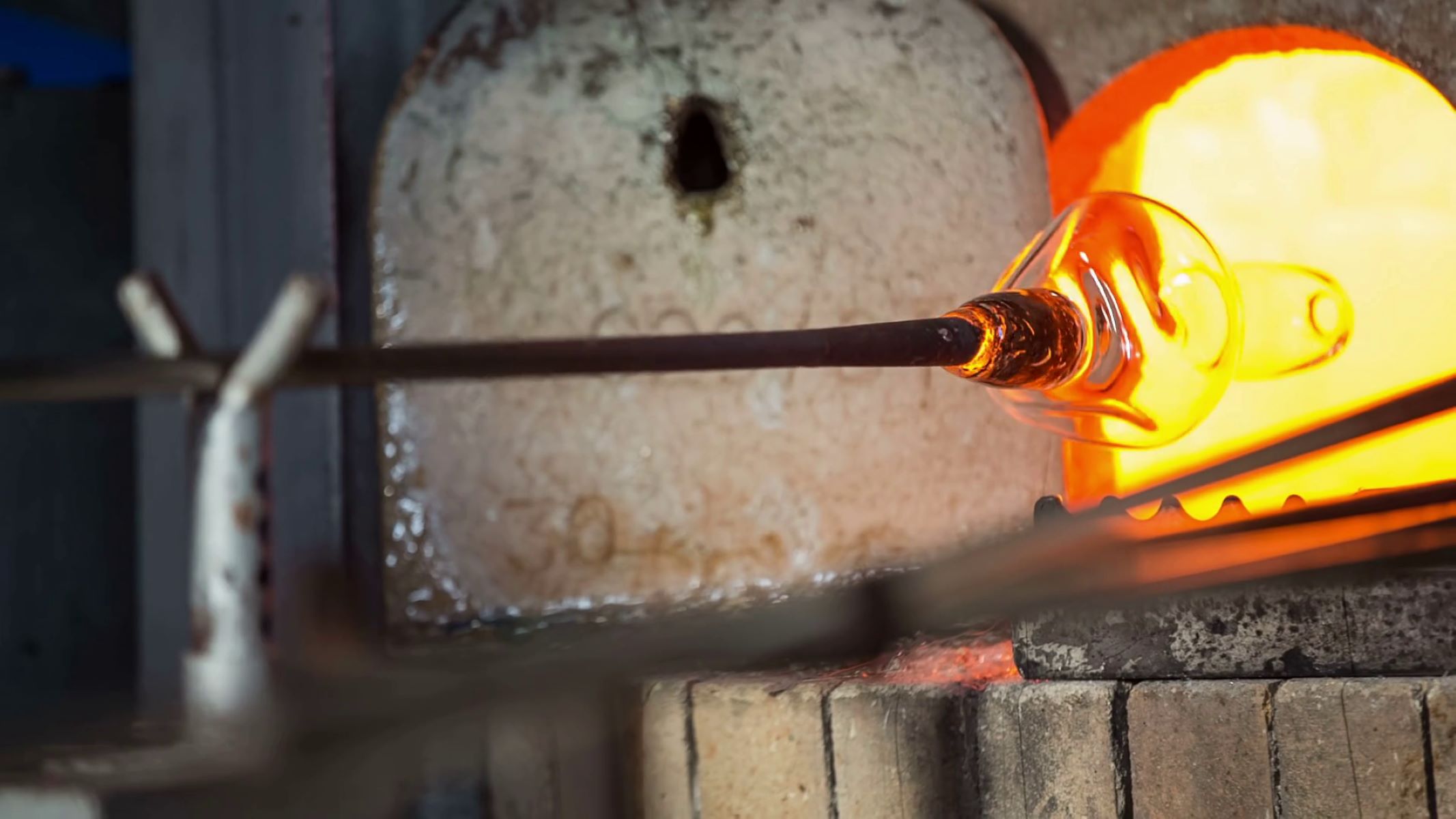
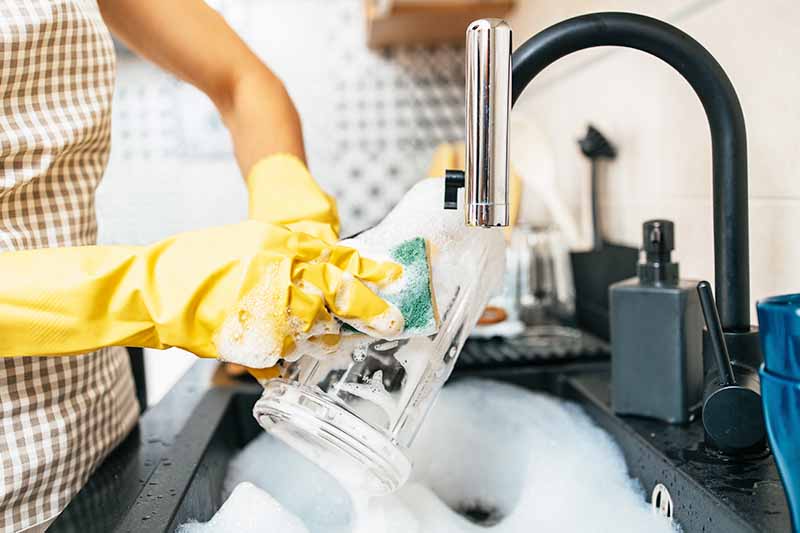
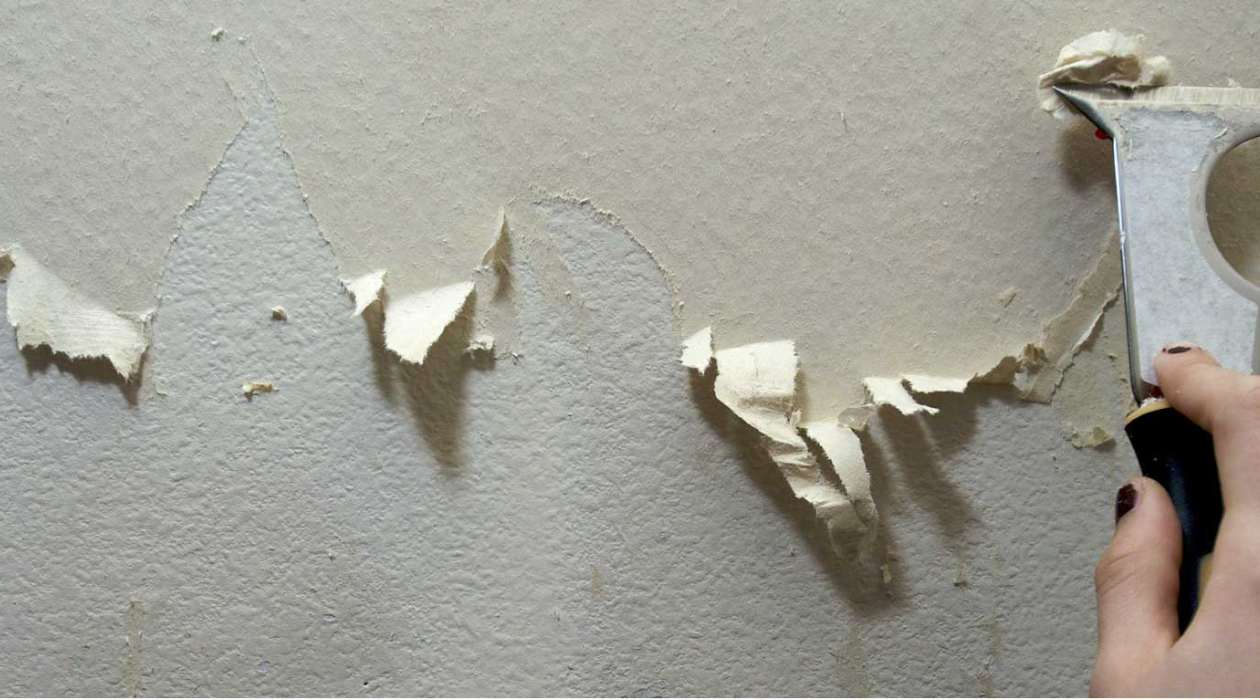
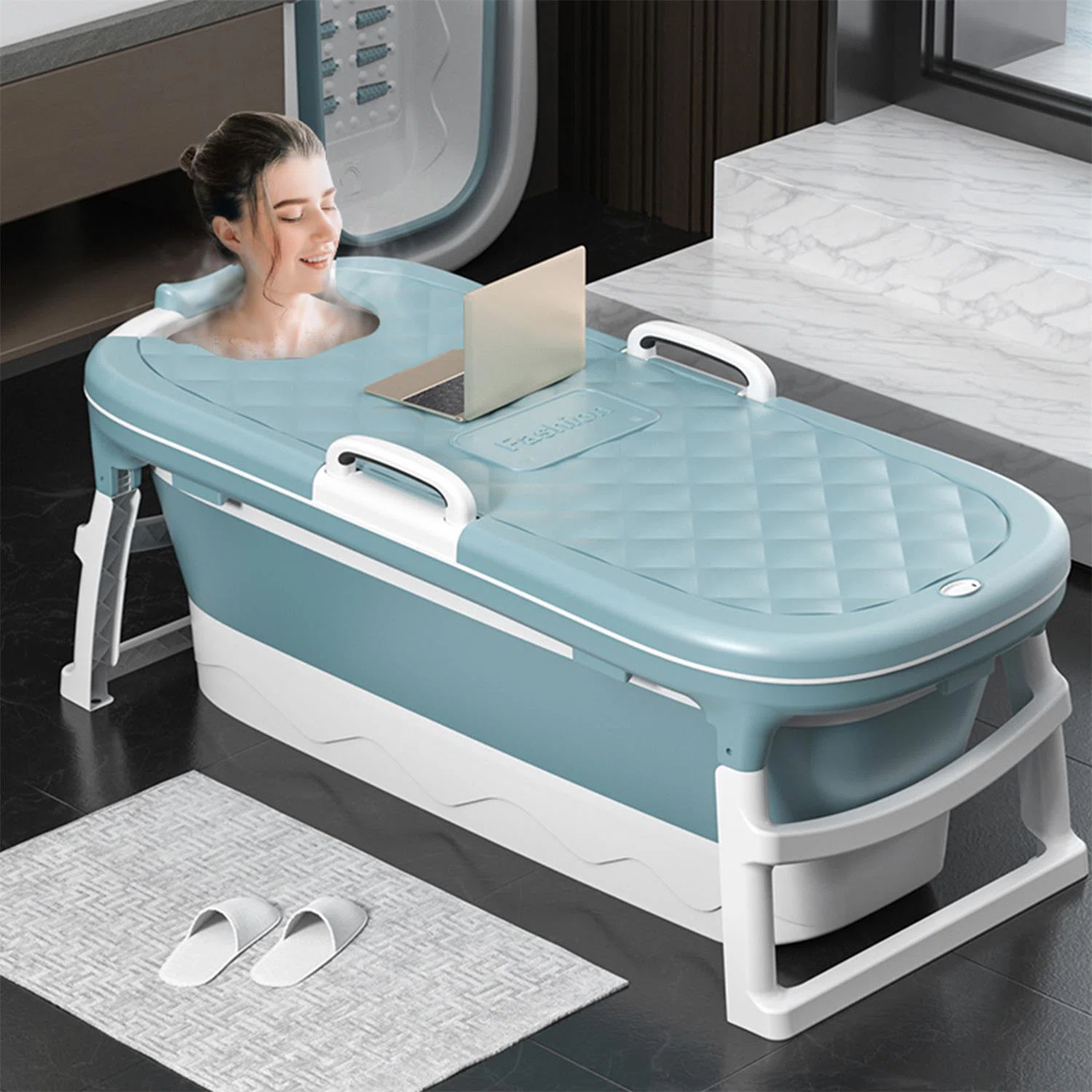
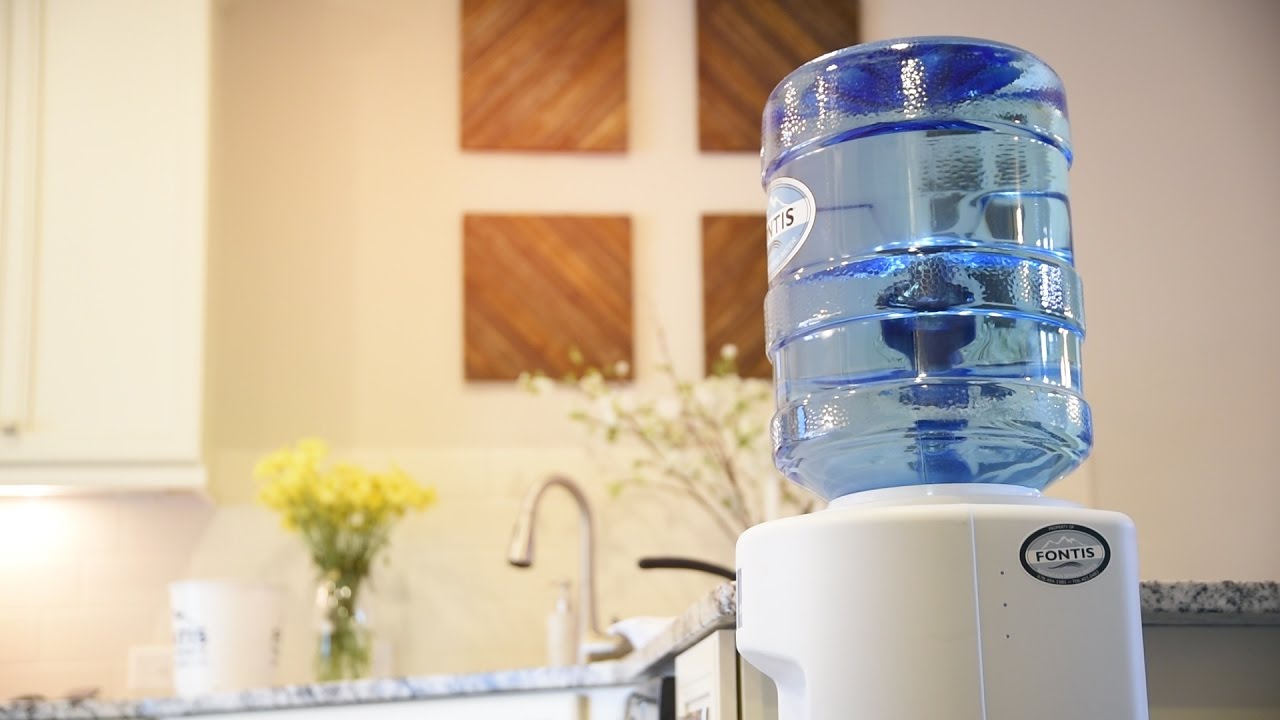
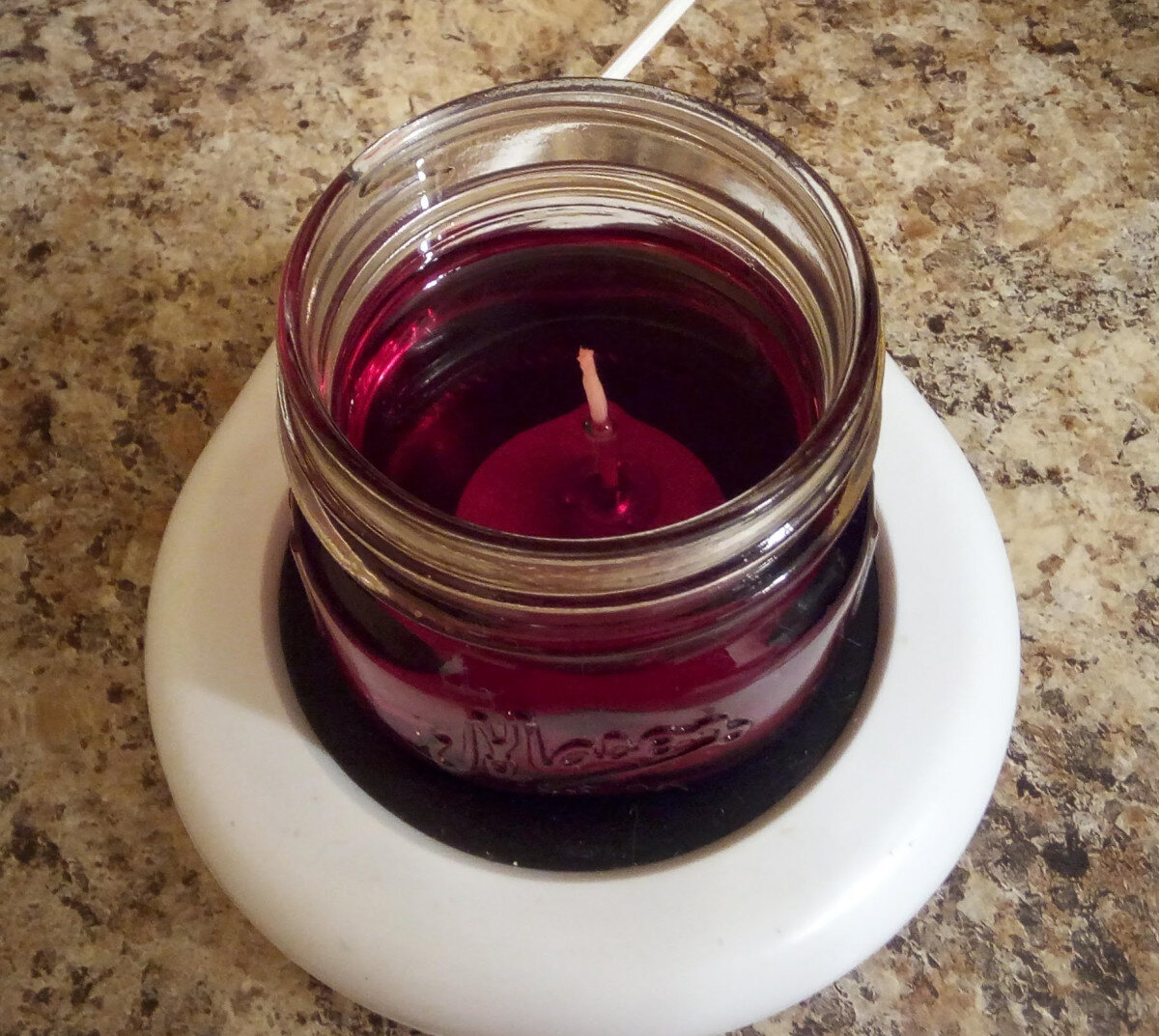
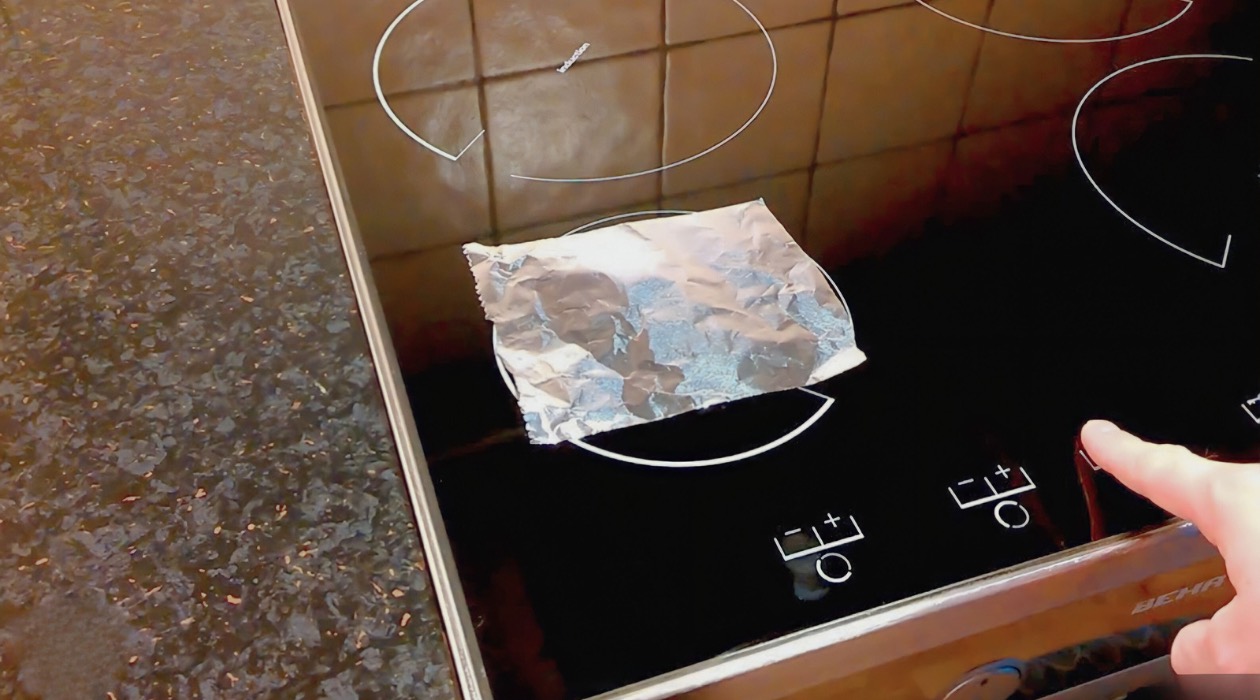

0 thoughts on “How To Remove Melted Plastic From Glass Stovetop”